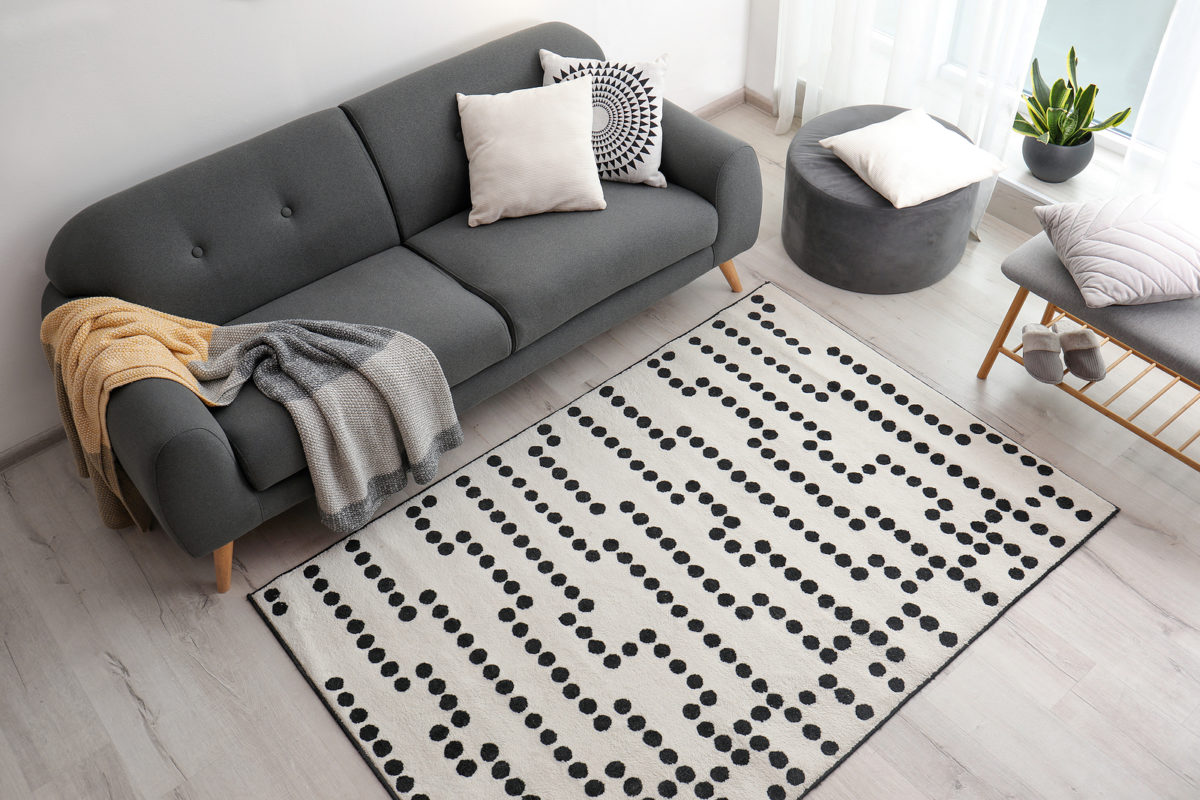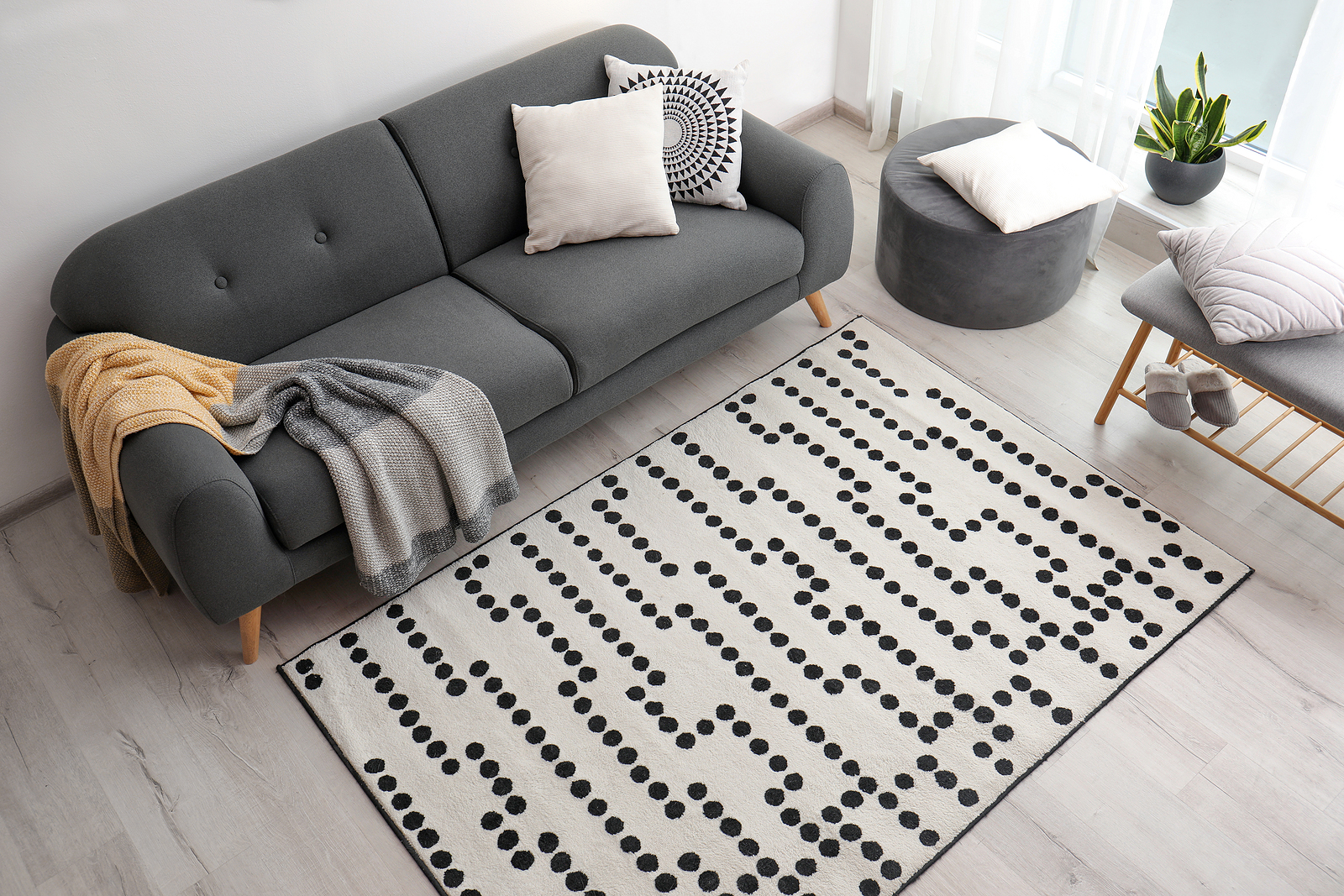There is no such thing as a home in perfect condition. This includes newly-built homes.
Surprised?
The folks at Scott Home Inspection in Colorado have compiled an online list that highlights the most common defects in a newly constructed home. The list includes some pricey items, such as “… improperly installed heating and air conditioning.”
One of the costliest home repairs or replacements is the roof. How costly? A new roof can cost between $10,000 and $15,000 Gregory Kyler, custom builder and licensed general contractor tells Jami Farkas at yahoo.com.
A roof’s average lifespan is 50 years if it’s constructed of “Slate, copper and tile …,” according to Geoff Williams and Teresa Mears at money.usnews.com.
You’ll get about half as many years of life from a roof constructed of fiber cement shingles and 30 years from a shake roof.
Naturally, these life expectancies depend on weather and natural disasters.
So, what happens when you’ve fallen in love with a house, put in an offer and the home inspector raises red flags about the condition of the home’s roof?
Don’t throw in the towel. There are things you can do to save the deal and not be out of pocket for the work that needs to be done.
Renegotiate the price of the home
Your first step is to obtain a bid for the roof work that needs to be done. Ensure that you hire a licensed roofing contractor to supply you with the bid. Check a contractor’s license status by following the instructions at roofonline.com.
Deduct the bid price from the amount you offered on the home. Your real estate agent will submit an amended purchase agreement to the seller’s agent. Then, it’s a waiting game.
If the seller agrees to the lower price, celebrate! If not, and you have the money, perhaps the sellers will split the cost.
If you have wiggle room in your loan preapproval amount, consider adding the amount for repairs into your mortgage. This will require increasing your offering price.
It’s a far from ideal scenario, however. Will the home appraise for that amount?
Renegotiate the terms of the contract
If you know that the purchase price reduction request might be a deal breaker for the seller, get together with your agent and pore over the contract terms.
Perhaps the seller will be amenable to paying for the roof repair or replacement before the close of escrow. Another method used is for the seller to place that amount of money in an escrow account so you can use it to pay for the roof work after closing.
The latter may raise issues with the lender, who may want a roof certification before releasing funds for the purchase.
Roof problems listed in the home inspection don’t have to be a deal breaker. Once the sellers are informed about them they will need to disclose them to any buyer that comes along after you and will face the same requests that you are making.
Don’t give up! We will negotiate for you and win you that home.



















